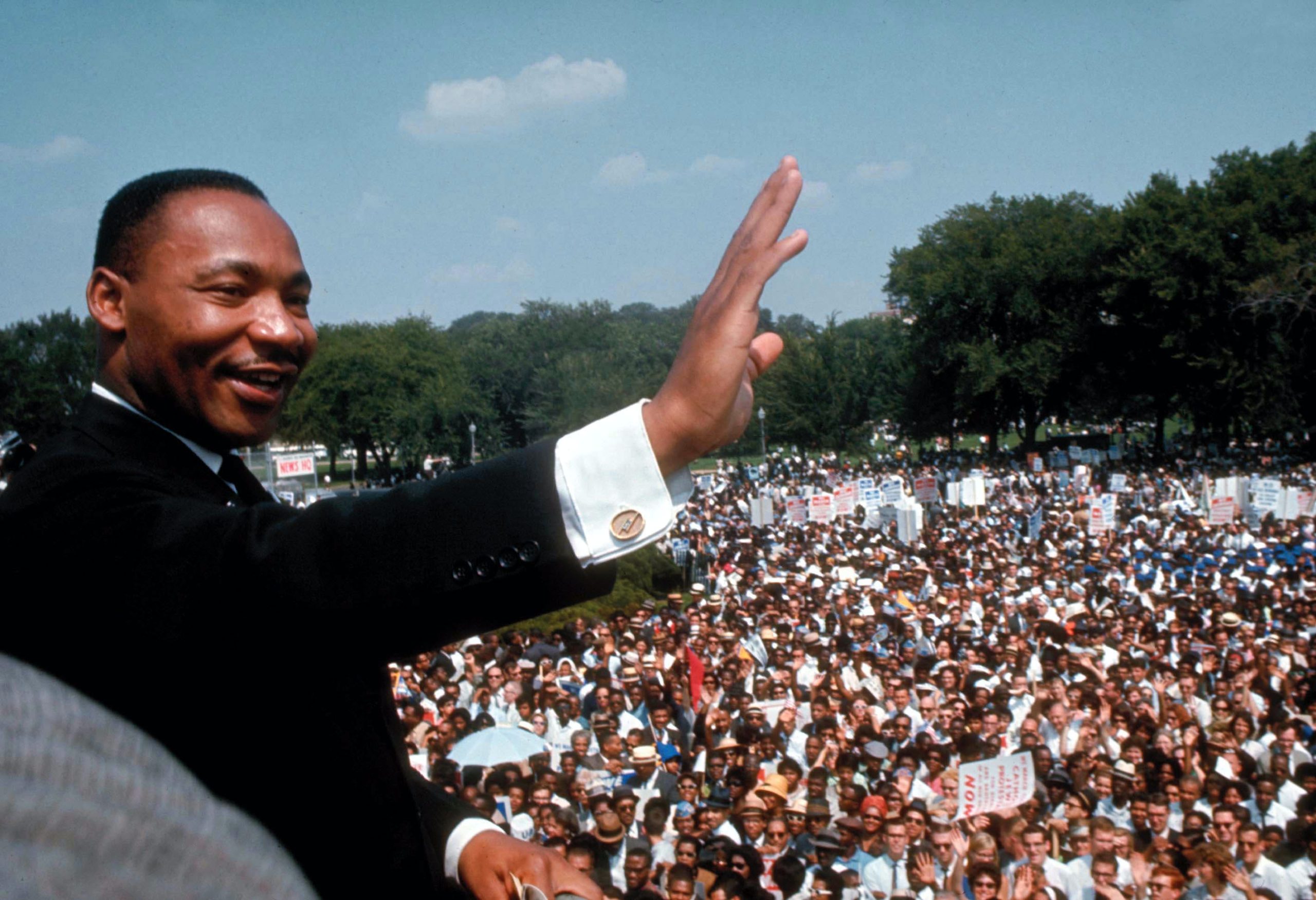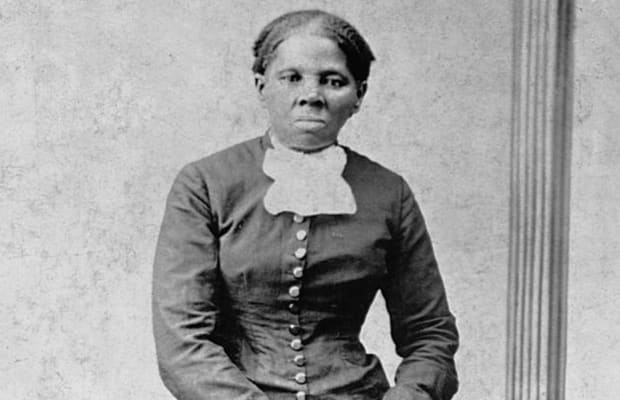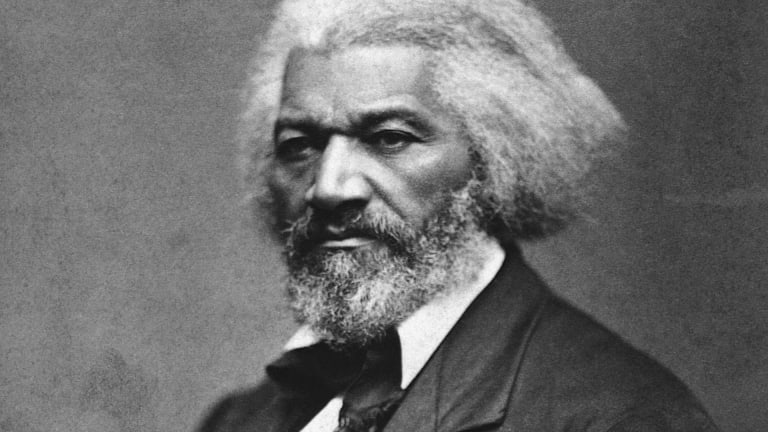Leadership Skills of Influential Black Leaders – Part 1
In Pinsight’s Virtual Assessment Centers, we observe how leaders respond in a variety of situations designed to reflect real on-the-job challenges. Each situation is an opportunity for leaders to demonstrate their leadership skills. To identify and quantify those skills, we rely on behavioral observation.
Black History is American History. The month of February is not long enough to acknowledge and recognize the invaluable contribution Black leaders have made to the United States and the globe. Black individuals are under-recognized and underpaid compared to their white peers. That is why it is so important to acknowledge our history, recognize the potential everyone has, and continually remain aware so that we’re able to build a fairer, just, and equal future for everyone.
In celebration of Black History Month, we take time to honor influential Black Leaders who have shaped our history. In this two-part series, we’ll examine the strengths of Dr. Martin Luther King Jr., Harriet Tubman, Frederick Douglass, Thurgood Marshall, Stacey Abrams, and Barack Obama.
As we reflect on each leader’s societal and historical impact, we identify their strengths and the behavioral indicators – the building blocks of skills – that we look for when quantifying leadership ability.
Dr. Martin Luther King Jr.

Simply put, King was a visionary. In his “I Have A Dream” speech, King vividly communicated his vision in a way that excited others using engaging and impactful language. He painted a picture of a future where children ‘will not be judged by the color of their skin but by the content of their character’. King inspired a nation into action by selling them on the benefits of change.
| Leadership Skills | Behavioral Indicators |
| Sell the Vision | Paint a concrete picture of the organization’s future state. Communicate the vision in a vivid way that gets others excited. Appeal to followers’ personal values and needs. |
| Speak with Charisma | Communicate with energy, excitement, and passion. Use vivid, engaging, and impactful language. Use stories, similes, and metaphors to convey ideas. |
| Create Buy-In | Study the political situation to identify people’s needs, wants and agendas. Anticipate people’s reactions to plans and initiatives. Build a support base by selling key stakeholders on the benefits of change. |
Harriet Tubman

Known as the conductor of the underground railroad, Tubman led hundreds of enslaved people to freedom through an elaborate secret network of safe houses. Her dangerous trips required courage, ingenuity, and persistence. Tubman continued her work during the Civil War as the first woman to lead an armed expedition into the war, liberating 700 slaves.
| Leadership Skills | Behavioral Indicators |
| Innovate | Think “outside the box”, taking a holistic approach to combine seemingly unrelated ideas. Brainstorm innovative solutions to problems. Celebrate and encourage experimentation and calculated risk-taking. Focus innovative efforts on meaningful and most pressing business realities. |
| Build Strategic Relationships | Identify which relationships should be initiated or improved. Offer and provide support to key business partners. Facilitate the discussion to a mutual agreement.Create win-win opportunities for both parties. |
| Implement Strategy | Split the strategy into more and less critical pursuits. Settle on a manageable set of top strategic priorities. Base priorities on logical rationale. |
Frederick Douglass

Douglass was known as an exceptional speaker and writer, with his literary brilliance catapulting him into the spotlight of the abolitionist movement. At a young age, Douglass was determined to teach himself how to read and, while enslaved, he seized every opportunity to share his knowledge of reading and writing with others. Douglass is celebrated as a community educator, advocating for vocational training to increase learners’ economic potential.
| Leadership Skills | Behavioral Indicators |
| Communicate Clearly | Include only relevant thoughts in the message. Organize the message around key points. Respond with short and pointed message, rather than overwhelming the audience with data. |
| Promote Continuous Learning | Create two-way communication that allows everyone to talk openly about their performance and development needs Encourage others to take calculated risks to try new approaches and learn. Build learning opportunities into everyday business operations. |
These leaders have clearly demonstrated their aptitude for leadership through the historic achievements within their lifetimes. It is undeniable that these courageous leaders have extensive skillsets with the above skills representing just a few of those strengths.
In the next part of this series, we will examine the leadership strengths of Thurgood Marshall, Stacey Abrams, and Barack Obama.
‹ Previous PostNext Post ›



